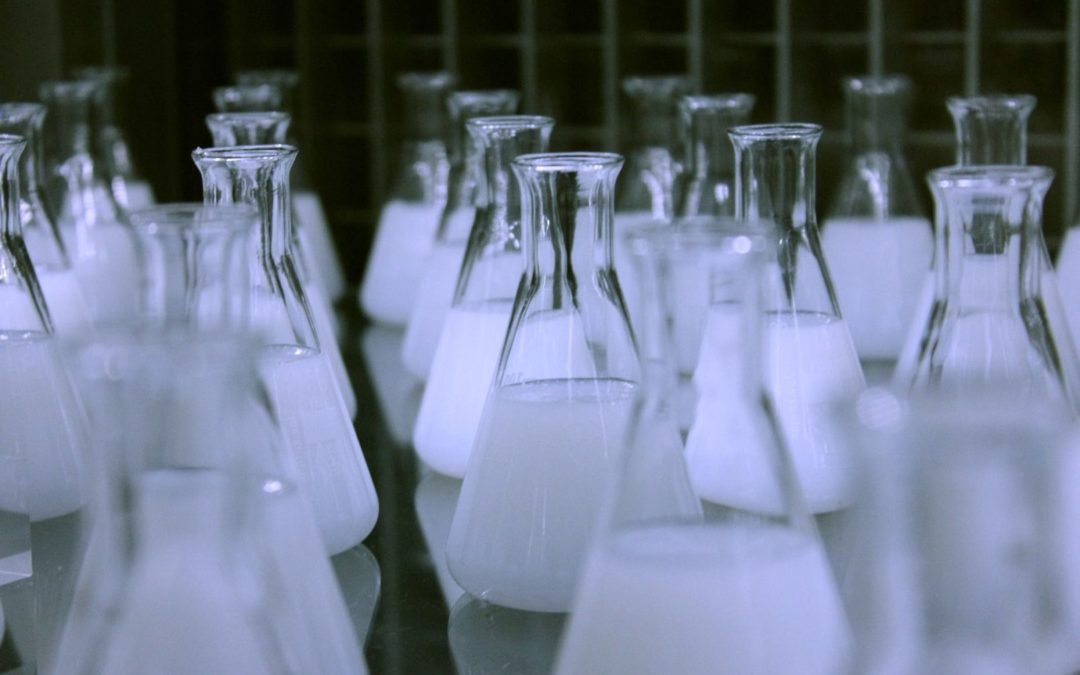Specific laboratory conditions are necessary for the proper handling and preservation of peptides. Though they occur naturally in protein-rich environments, peptide storage must meet optimal conditions to maintain stability and integrity.
Storage and shelf-life depend on the peptide form (lyophilization or alternative solutions) and the storage environment. One of the greatest threats to peptide solutions is moisture. Storage conditions must avoid peptide interaction with moisture and high temperatures as possible.
Storage
Peptides must be kept in a cool, dry, dark and contained space within the laboratory. Contact with moisture and heat can significantly impair the peptide’s stability. Hydrolysis, the chemical breakdown of the peptide, will occur with moisture contact. Peptides should be stored away from light and at a maximum temperature of 40° Fahrenheit (4.4° Celsius).
Shelf Life
Once the desired amount is extracted, the vial should be re-sealed immediately after under a dry, inert gas environment, and placed back into a refrigeration unit. The peptide may remain stable without refrigeration for up to 24 hours before degradation will begin. Peptides should not be frequently frozen and thawed, as this may cause condensation, which will compromise the integrity of the solution.
The shelf-life of peptides depends on how they are stored and maintained. At 40°F (4.4°C), the solution’s life is three weeks. However, if it is in a lyophilized state, stored in a dry environment protected from light and moisture, at a temperature of -4°F (-20°C), the peptide may last for a year.
Freezing
For long-term storage, peptides may be frozen. They should be kept under -4°F (-20°C), regardless of their form, though freeze-dried or lyophilized peptides last longer.
Moisture Protection
As moisture leads to hydrolysis of the peptides, under optimal conditions the peptide will rise to room temperature gradually, preferably with the use of a desiccator, to prevent condensation from forming. A desiccator is typically a glass container holding a drying agent for the purpose of removing moisture from the air to protect the peptide from any existing water vapor.
If the peptides cannot be properly guarded from moisture, the purchase of smaller vials is recommended, so that the peptide solutions can be employed quicker and thus undergo fewer environmental changes, i.e. fewer moves in and out of cold storage.
Handling becomes complex with larger vials, as they are likely to be moved in and out of storage a greater number of times. Before returning the vial to storage, the recommended process is to weigh the vial in a glove box or bag to avoid oxygen exposure and, whenever possible, cover or blanket the vial with an inert gas such as argon or nitrogen.
For top-quality research peptides, review our selection of peptides for sale.
NOTE: These products are intended for laboratory research use only. This peptide is not intended for personal use. Please review and adhere to our Terms and Conditions before ordering.

